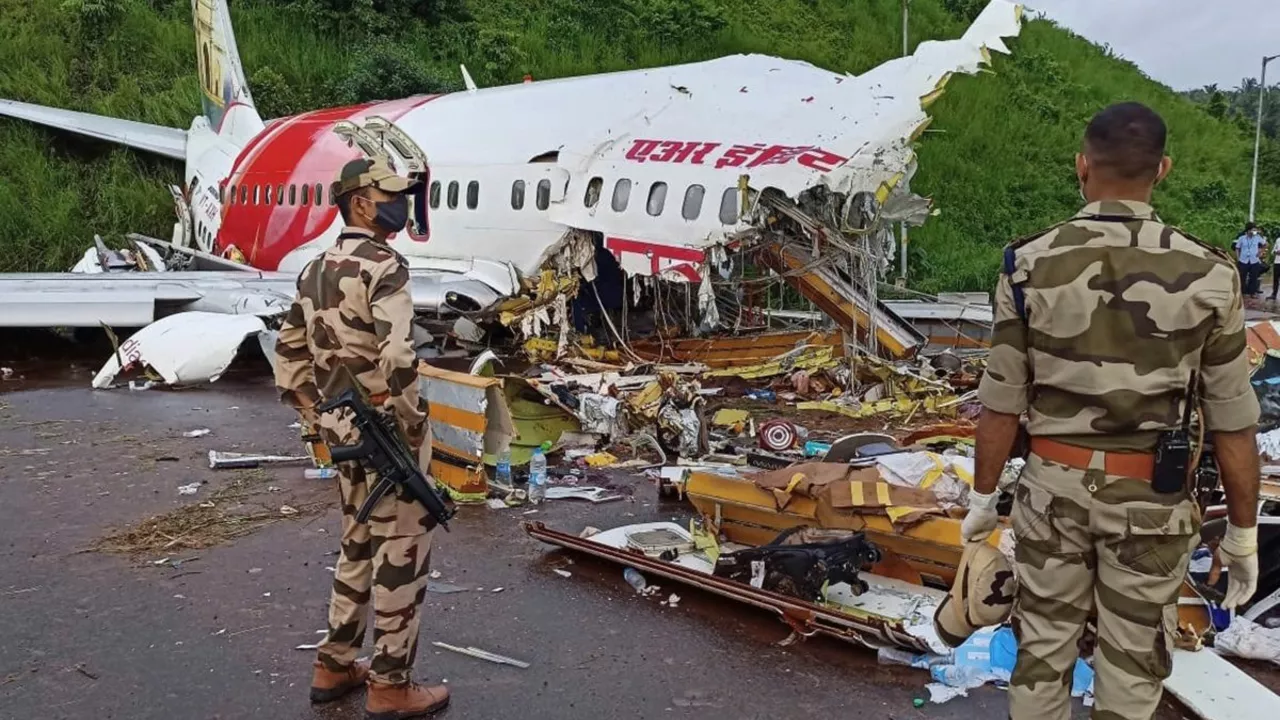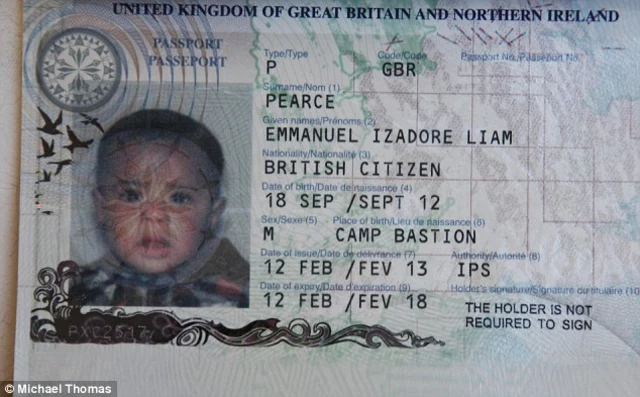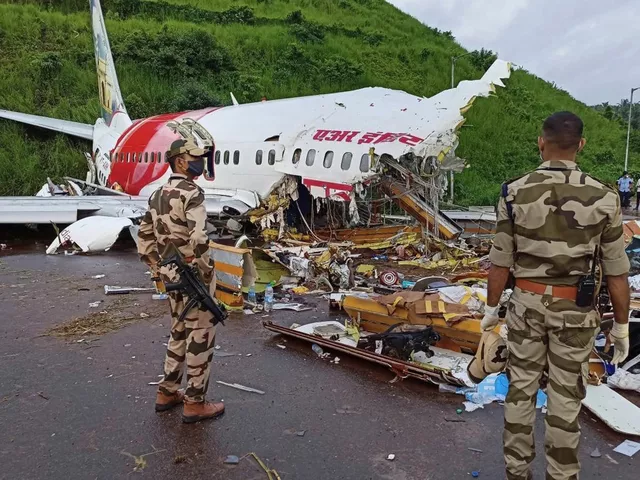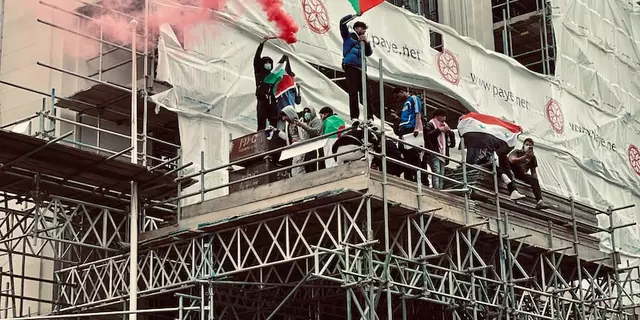Understanding the History of Air India
Before I delve into the reasons why some Air India flights have met with unfortunate incidents, it's crucial to understand the history of this airline. Air India, the national carrier of India, has been in the aviation business for more than 70 years. Although it has faced financial struggles and other challenges, the airline has continued to operate and serve millions of passengers each year. Despite these efforts, Air India has also experienced several crashes and accidents, prompting serious questions about the airline's operations and safety measures.
Assessing Air India's Safety Record
In comparison to other airlines globally, Air India's safety record isn't as bad as it's perceived. However, I can't ignore the fact that the airline has had its share of accidents and incidents. Like all airlines, Air India has been subject to rigorous safety and maintenance protocols. Unfortunately, there have been instances where these protocols were not followed to the letter, leading to unfortunate incidents. I believe it's necessary to delve deeper into these accidents to understand why they occurred.
Analyzing the Air India Crashes
Over the years, Air India has experienced several fatal crashes. Each crash has its unique set of circumstances and reasons behind it. Some were due to technical failures, while others were due to human error or adverse weather conditions. In some instances, investigations revealed inadequate maintenance or pilot error as causes. These crashes have raised questions about the airline's safety standards and procedures, prompting calls for change and improvement.
The Role of Human Error in Air India Crashes
Human error has played a significant role in some Air India crashes. This includes mistakes made by the pilots, air traffic controllers, and even the ground crew. For example, in the 1978 crash near Mumbai, the pilots were found to have descended too rapidly, leading to the plane crashing into the Arabian Sea. Similarly, in other accidents, errors made by the ground crew or air traffic controllers contributed to the crashes.
Technical Failures Contributing to Accidents
Another major factor contributing to Air India accidents is technical failures. These can range from engine malfunctions to problems with the aircraft's navigation systems. For instance, the 1985 bombing of Air India Flight 182, although not a technical failure, highlighted the vulnerability of the aircraft's security systems. In other crashes, mechanical failures played a significant role, demonstrating the importance of regular maintenance and checks.
The Impact of Adverse Weather Conditions
Adverse weather conditions have also played a role in some Air India crashes. For instance, in the 1993 crash near Aurangabad, the pilots attempted to take off in poor visibility due to dust, leading to the aircraft colliding with a truck on the runway. Similarly, in other crashes, severe weather conditions like fog, strong winds, or heavy rain were contributing factors.
Investigations and Fallout of Air India Crashes
Each Air India crash has been followed by thorough investigations by aviation safety authorities. These investigations aim to identify the causes of the crash, whether they be technical failures, human error, or adverse weather conditions. The findings from these investigations have often led to changes in safety procedures, both within Air India and in the aviation industry as a whole. However, the fallout from these crashes has also included lawsuits, financial losses, and a damaged reputation for the airline.
Improvements and Future of Air India
In response to these crashes and their investigations, Air India has made several improvements to its safety procedures and protocols. The airline has implemented stricter maintenance schedules, improved its pilot training programs, and upgraded its fleet with newer, safer aircraft. While these improvements have reduced the number of accidents in recent years, there is always room for further progress. As the future of Air India hangs in balance with potential privatization, it remains to be seen how the airline's safety record will evolve.





